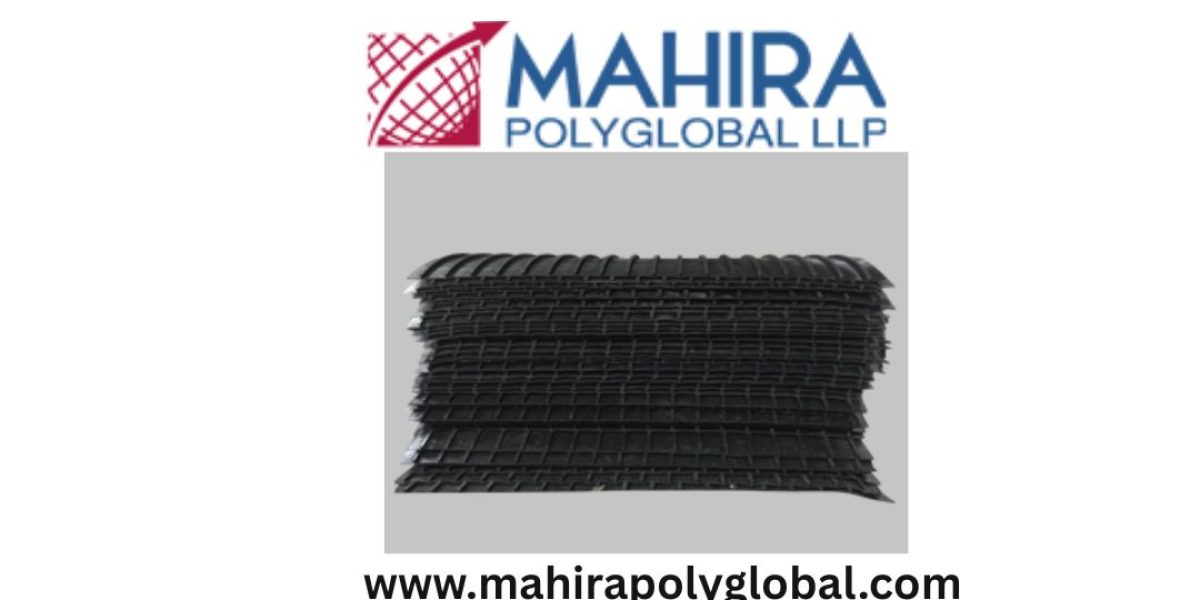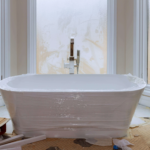Reliable Surface Protection for Industrial Applications
In a field continuously exposed to harsh chemicals or heavy abuse, it becomes imperative to install a dependable protective layer to prolong the lifespan of structures. A product, which is becoming more common to see, is a high tensile strength high-performance lining with chemical resistance. This is an engineered material that is designed to be anchored into concrete through a seamless protection system to prevent corrosion, cracking, or degradation of the structure HDPE T-Rib Liner Sheets used in wastewater treatment plants, tunnels, tanks, landfills, and other situations where protection is needed from acids, alkalis, or abrasive materials.
Structural Design That Reinforces Long-Term Performance
What makes this style of liner unique are the T-shaped ribs in the back surface. The ribs provide a necessary purpose: to ensure the sheet bonds mechanically to poured concrete so it does not shift or move laterally. These ribs keep enhanced adhesion, and with thermal or mechanical movement, help to bond the sheet permanently so it stays intact, and ultimately bonds the sheet within the concrete. This inhibits water infiltration, and ensures the sheet will help provide a barrier to the underlying substrate from chemical attacks. It is a prevention, not treatment.
Wide-Ranging Uses Across Demanding Environments
This protective solution is not just for one sector – it can be used in a number of industries. It’s used to line wastewater systems to water tanks and create impermeable barriers in mining and chemical processing units. This works extremely well in harsh environments that are typically unsuitable for conventional coatings, which fail over time.
These liners are very rarely tested to their ultimate wide range of temperatures and pressures as they remain stable and give predictable results.
Material Properties That Ensure Stability
The high density of the material enhances its strength, providing low permeability with excellent puncture resistance and impact resistance. Its lightweight compared to standard concrete coatings also helps installation. Due to it being able to slightly flex under stress it won’t crack as movement occurs or when there is slight movement in structural alignment. These attributes help pave the way for engineers that need long-term assurance and low-maintenance throughout their infrastructure projects. Plus, its resistance to UV and microbial growth adds further dependability.
Manufacturing Excellence and Supply Standards
Whenever you think of an infrastructure investment, it is important to work with an experienced and reputable provider. One name in this space is Mahira Polyglobal LLP They are known for dependable product quality and technical accuracy. Each liner is produced as part of an overall production process that guarantees that the liners will perform according to previously established performance contributions. Their team often collaborates with engineers to produce custom sizes and custom thickness for emerging specific project needs. You will gain a lot of assurance through trust in a proven manufacturer as a part of the design and long-term performance of your facilities in mission-critical installations.
Market Demand and Growing Awareness
There is a growing use of this type of liner for infrastructure development, most notably in water management and industrial waste containment. This trend is further driven by government regulations on environmental discharge and the longevity of the materials being used, compelling engineers and contractors to look for extended life solutions.
Installation Practices That Influence Results
The successful installation of HDPE T-Rib Liner is contingent upon the successful execution of common construction processes. Surface preparation, alignment, and concrete pour time are all paramount to ensure that the ribbed surface properly locks into place. Having installers understand the mechanical bonding process is important to avoid gaps/air pockets or movement during curing. A properly installed liner can provide decades of protection with a minimal amount of latent maintenance, even in a highly loaded/chemical active zones. Specialized training for liner installation is recommended in order to achieve optimal performance.
Future Trends and Sustainable Engineering Solutions
As construction industry projects place an emphasis on sustainability and cost-effective design and planning, products like these are critical. They contribute to the reduction of the long-term repair and maintenance costs, help to foster a green building aspect, and life cycle costing. They also allow for the opportunity to reuse a structure because the liners allow the concrete underneath to continue to be in a sustained shape over time. There continue to be innovations in polymer technology, and future products may provide different levels of flexibility or more recyclability thereby extending the usefulness of engineered liners even further.
Conclusion
High-performance ribbed anchoring liners provide seamless protection for your industrial and civil environments. They act as a barrier to protecting against corrosion, leakage, and chemical breakdown of concrete. Specifying a reputable manufacturer like HDPE T-Rib Liner Manufacturer can give engineers assurance of product quality, longevity and installation support. Liners promote infrastructure sustainability because, once installed, very few repairs and replacements are needed, marking a viable advancement in construction solutions.
Frequently Asked Questions
What makes the liner more effective than most conventional coatings?
Traditional coatings can separate, crack, peel, or otherwise fail through either pressure or reaction to chemicals. In contrast, the liner has a ribbed structure that mechanically becomes one with the concrete and offers a more reliable and long-term barrier that would not easily yield under pressure.
Is this liner still effective in underground areas, such as tunnel structures?
Yes, underground applications are well-suited for this liner. Its resistance to chemicals and ability to mechanically bond to the concrete provides the tools required for environments where chemical exposure and seepage of water are paramount issues, like tunneling, subway transportation, and basements.












